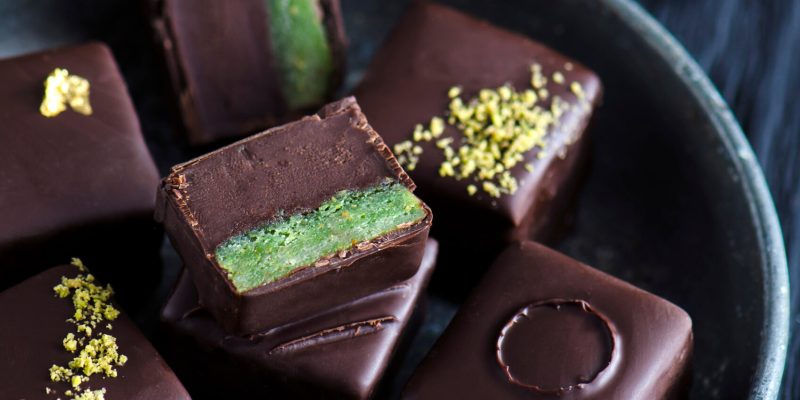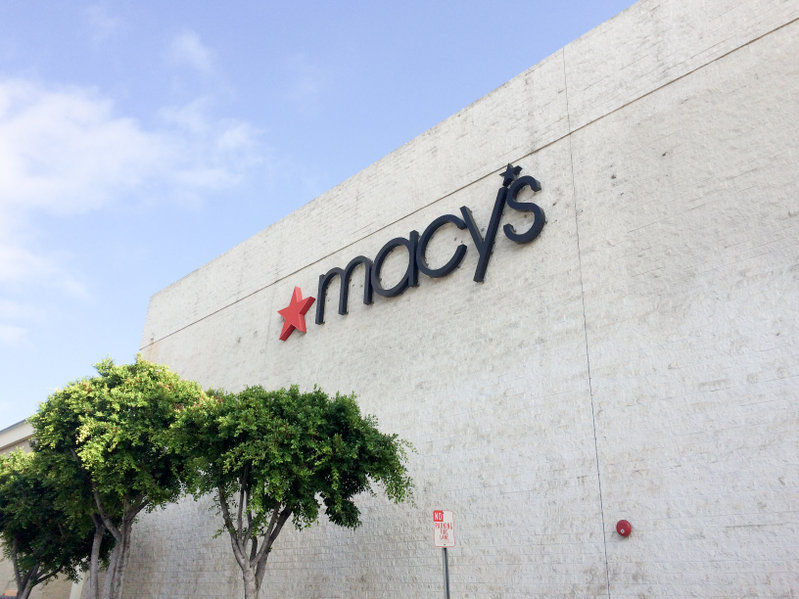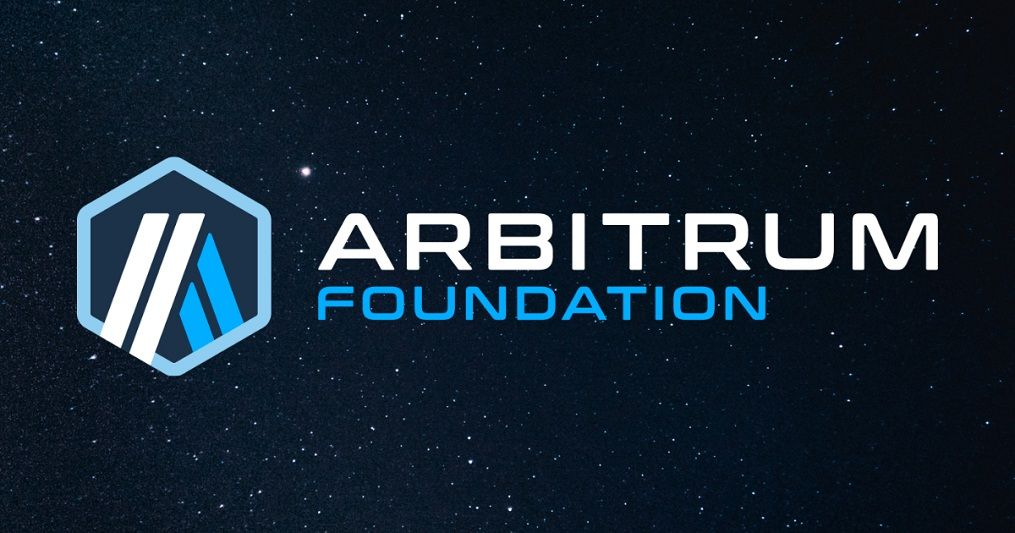
In just two years, Dubai chocolate has gone from a local delicacy to a worldwide phenomenon, capturing hearts—and wallets—across Europe.
The viral treat, created in 2021 by British-Egyptian entrepreneur Sarah Hamouda, combines rich pistachio cream and unique fillings into a visually striking bar.
What began as a niche item available only in Dubai turned into a TikTok sensation when influencer Maria Vehera’s video of the treat garnered over 100 million views.
Today, demand far exceeds supply, driving innovation, smuggling, and even resale markets across the continent.
Pistachio chocolate frenzy drives Berlin’s sweets market
In Berlin, baker Ali Fakhro has seen the Dubai chocolate craze firsthand.
His shop, Abu Khaled Sweets, began producing a homemade version of the treat just two months ago, drawing inspiration from the original.
The pistachio cream filling, infused with finely shredded kataifi pastry, has become an instant hit.
On its first day of production, Fakhro made 20 bars, selling out within hours.
By the second day, he ramped up production to 50, only to face the same rapid sell-out.
At €20 per bar, Fakhro’s creation is not cheap, but customers are willing to pay the premium price to get their hands on what many call a must-try dessert.
Smuggling and black markets
As demand for Dubai chocolate soars, some are taking extreme measures to profit from the trend.
German customs officers recently intercepted a 31-year-old man attempting to smuggle 45 kilograms of the treat from Switzerland.
Meanwhile, online platforms such as eBay have become hubs for resellers.
A bar that costs €15 in-store can fetch upwards of €300 in the secondary market.
For many, the lure of quick profits outweighs their own desire to sample the treat.
“I would never eat something this expensive,” said one reseller in Stuttgart, who stood in line for hours to buy bars at a fraction of their resale value.
Lindt capitalises on the trend with exclusive launches
Swiss chocolate giant Lindt has tapped into the craze with its own version of Dubai chocolate, introduced in Germany earlier this month.
The limited release of 1,000 numbered bars, available in just 10 stores, sparked overnight queues despite cold weather.
Some customers waited as long as 10 hours to snag a bar, with many describing the experience as worth every second.
Lindt plans to expand its Dubai chocolate rollout to Austria later this month, a move likely to fuel similar levels of enthusiasm.
With prices ranging from €15 to €20, Lindt’s version is far more accessible than online resale options, driving more consumers to purchase directly.
France joins the pistachio bandwagon
In Paris, Dubai chocolate made waves at the Salon du Chocolat, where chocolatier Jeremy Bockel showcased his own take on the trend.
The treat’s reception in France underscores its cross-border appeal, with European consumers clamouring for a piece of the Middle Eastern delicacy.
Industry experts attribute Dubai chocolate’s success to its visual appeal and exclusivity, both of which resonate with the social media-driven marketplace.
The pistachio-rich flavour profile also aligns with Europe’s growing appreciation for Middle Eastern culinary traditions.
A booming resale market emerges
While some purchase Dubai chocolate purely for the experience, others see it as an investment opportunity.
Resellers often buy multiple bars, flipping them for several times their original price.
Yet not all buyers are motivated by profit.
This split reflects the broader dichotomy of the Dubai chocolate craze: for some, it’s a culinary indulgence; for others, it’s a lucrative business.
As supply remains constrained and prices soar, the treat’s status as both a dessert and a status symbol seems unlikely to wane.
The post Chocolate smuggling on the rise as Europe craves €100 Dubai delicacy appeared first on Invezz











